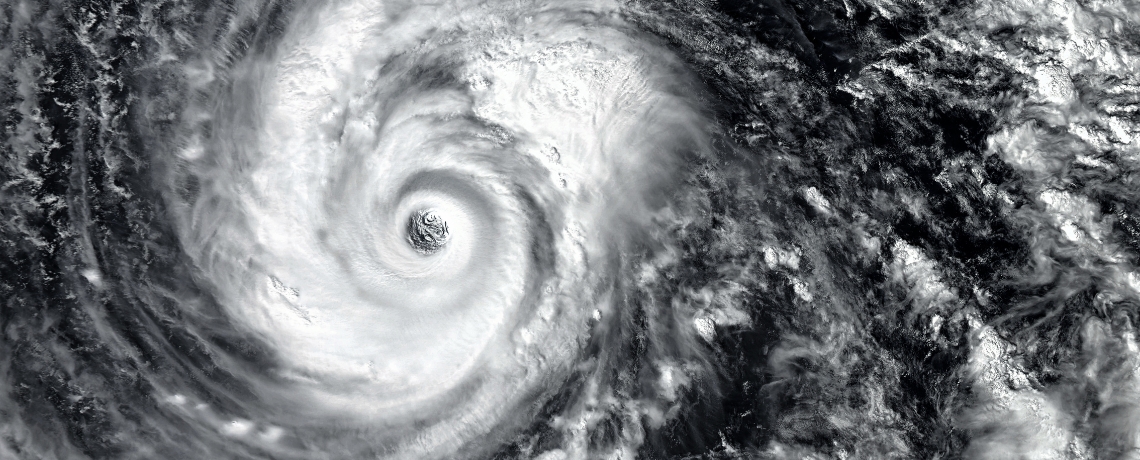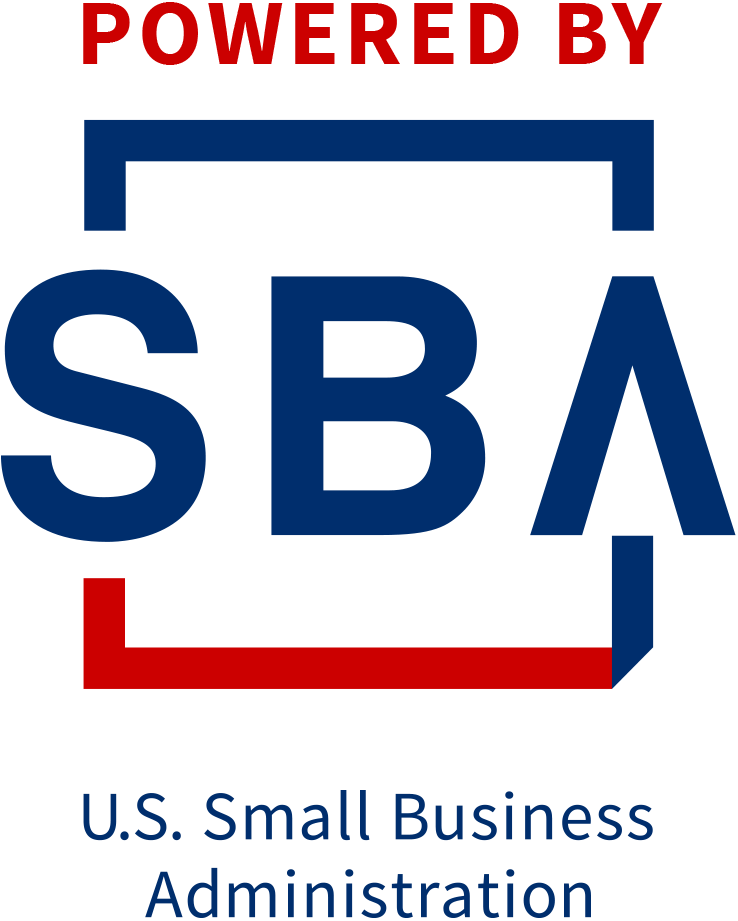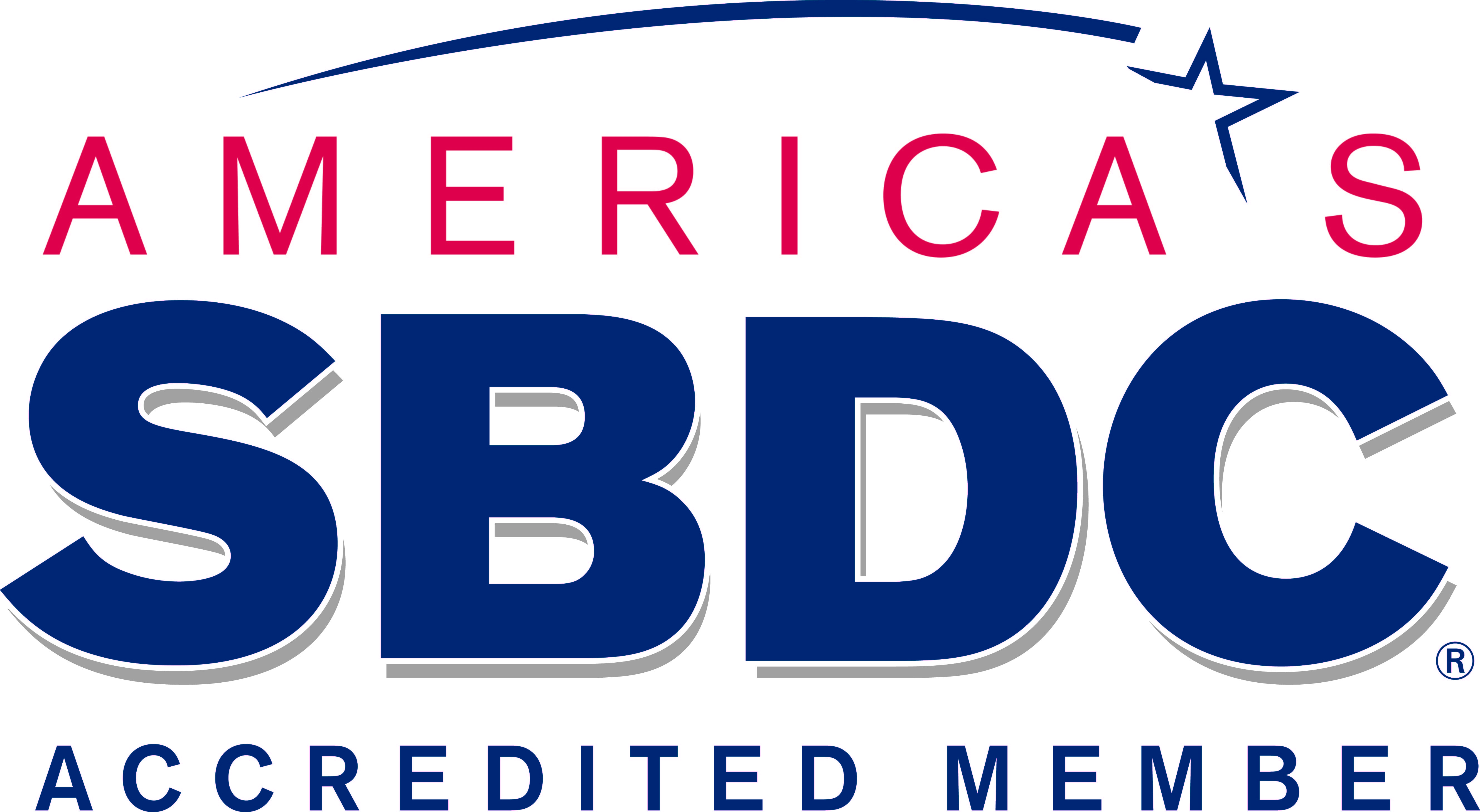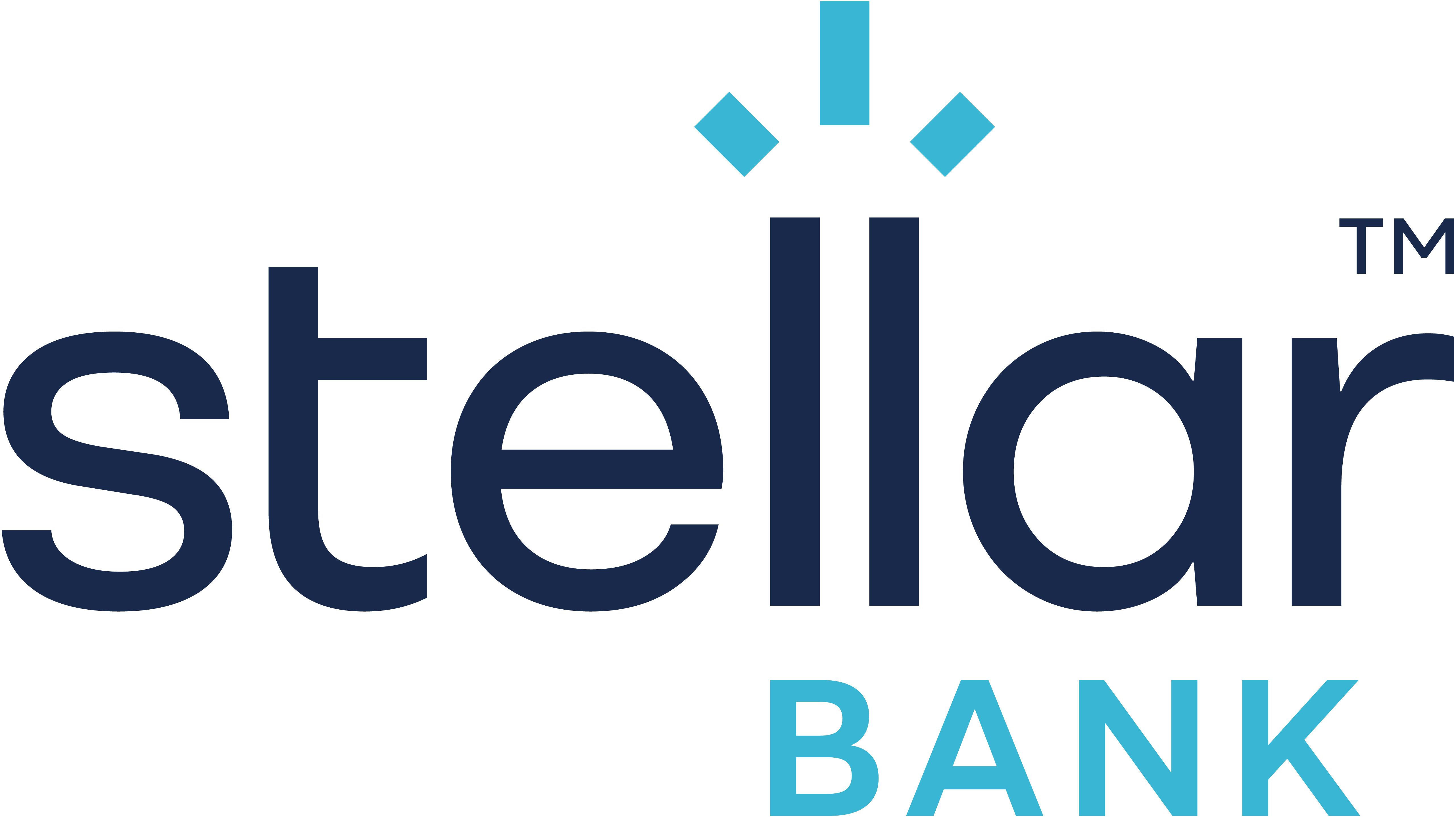How to Minimize Business Disruptions This Hurricane Season

By: Aries Payne
Is your business ready for hurricane season? Even the briefest interruption—from heavy winds to power outages—can have a big impact on a small business’s operations and finances. And, if your supply chain is disrupted, limited inventory and significant pricing changes could also shake your customers’ trust.
The good news is that with proactive planning, you can minimize or completely avoid disruptions during this hurricane season. Here are three essential steps to help your business stay resilient through even the toughest of times.
Conduct a Risk Assessment
A comprehensive risk assessment is necessary to learn which areas of your business are most vulnerable during a disruption. It helps you identify critical resources—such as key suppliers, employees, and major customers—that your business relies on to run smoothly. A risk assessment can also help you determine how to best allocate resources to limit impact.
Some of the factors you should consider include:
- General Business Operations – What are the most critical operations that must continue during or after a natural disaster? Which roles or teams are essential for business continuity? How long can the business afford to be non-operational before it suffers significant losses?
- Physical Location and Infrastructure – Is the business located in a flood zone? How structurally sound is the building? What are the backup power options if there’s no electricity? What equipment or inventory is at risk of water or wind damage?
- Supply Chain and Vendors – Which suppliers are critical for daily operations? Are they located in high-risk regions for natural disasters? Are there backup vendors or local alternatives if the primary supply chain is disrupted? How will supply delays impact production, delivery, or customer service?
- Technology and Data – Are digital systems protected against power outages or data loss? Is sensitive business data backed up to a secure, remote location? How can the business maintain access to critical systems if the main office is inaccessible?
- Communications and Staff – What is the communication plan for keeping in touch with employees, customers, and vendors before, during, and after a hurricane? Are employees trained in emergency procedures and protocols? Can operations shift to remote work if the building is inaccessible or driving conditions are unsafe?
- Insurance and Financial Reserves – Does the business have an insurance policy in place? Is there coverage for business interruption, water damage, repairs, or equipment replacement? Is there an emergency fund to help cover unexpected costs or lost revenue?
Create a Continuity Plan
Every business needs a continuity plan to ensure employee safety, minimize losses, and speed up recovery. Here are some things you should include as you build out your plan:
- Risk Assessment Summary – Include an overview of potential threats, along with a business impact analysis and identified vulnerabilities, from your risk assessment.
- Priority List – What resources, employees, operations, and processes are critical to keep your business running?
- Emergency Contact Information – Your continuity plan should have an updated contact list for staff, clients and customers, vendors, and emergency services.
- Communication Plan – Include a procedure for contacting employees and stakeholders before, during, and after a hurricane or other natural disaster. Create a backup plan in case of an internet or power outage and assign roles for managing internal and external communications.
- Backup Systems – This should include a backup plan for essential files and important documents such as insurance policies, licenses, and financial records.
- Plan for Safeguarding Property – This is especially important if your business is located in a high-risk area for natural disasters. You should also include a checklist for pre-hurricane preparation.
- Emergency Plan – If you, staff, or customers are on the premises during a natural disaster, you’ll need to have an emergency plan that lists evacuation routes and emergency contacts. You should also have an emergency kit checklist, which should include first aid supplies, food and water, and other essentials to ensure the well-being of anyone on-site.
- Alternative Work Arrangements – In the event the building is inaccessible, having a backup alternative work arrangement ensures operations can continue, even remotely.
- Financial Plan – Plan to set aside enough financial resources to cover unexpected expenses and keep the business afloat when regular operations are disrupted.
- Recovery Plan – What are the business’s priorities when restoring services or operations? Have a checklist on standby for post-storm inspections.
Creating a proactive plan that incorporates all these elements can make all the difference when the unexpected strikes.
Leverage Local Resources
Finally, take advantage of the resources at your disposal! The Texas Gulf Coast SBDC Network offers plenty of no-cost business training classes, guides, and more to assist you with disaster preparation and recovery:
- Disaster Preparedness Resources for Small Businesses
- Creating a Disaster Preparedness Plan
- Communicating and Implementing Business Continuity Plans
- Testing and Updating Your Business Continuity Plan
- Ensure Business Continuity – Preparing Your Records To-Go Box
- How Small Businesses Can Stay Informed During Disasters
- Business Assessment Checklist Post-Disruption
- How Can Small Businesses Recover After a Disaster?
For more resources on disaster preparedness, visit our Disaster Preparedness page online or schedule a no-cost appointment with one of our business advisors today.







